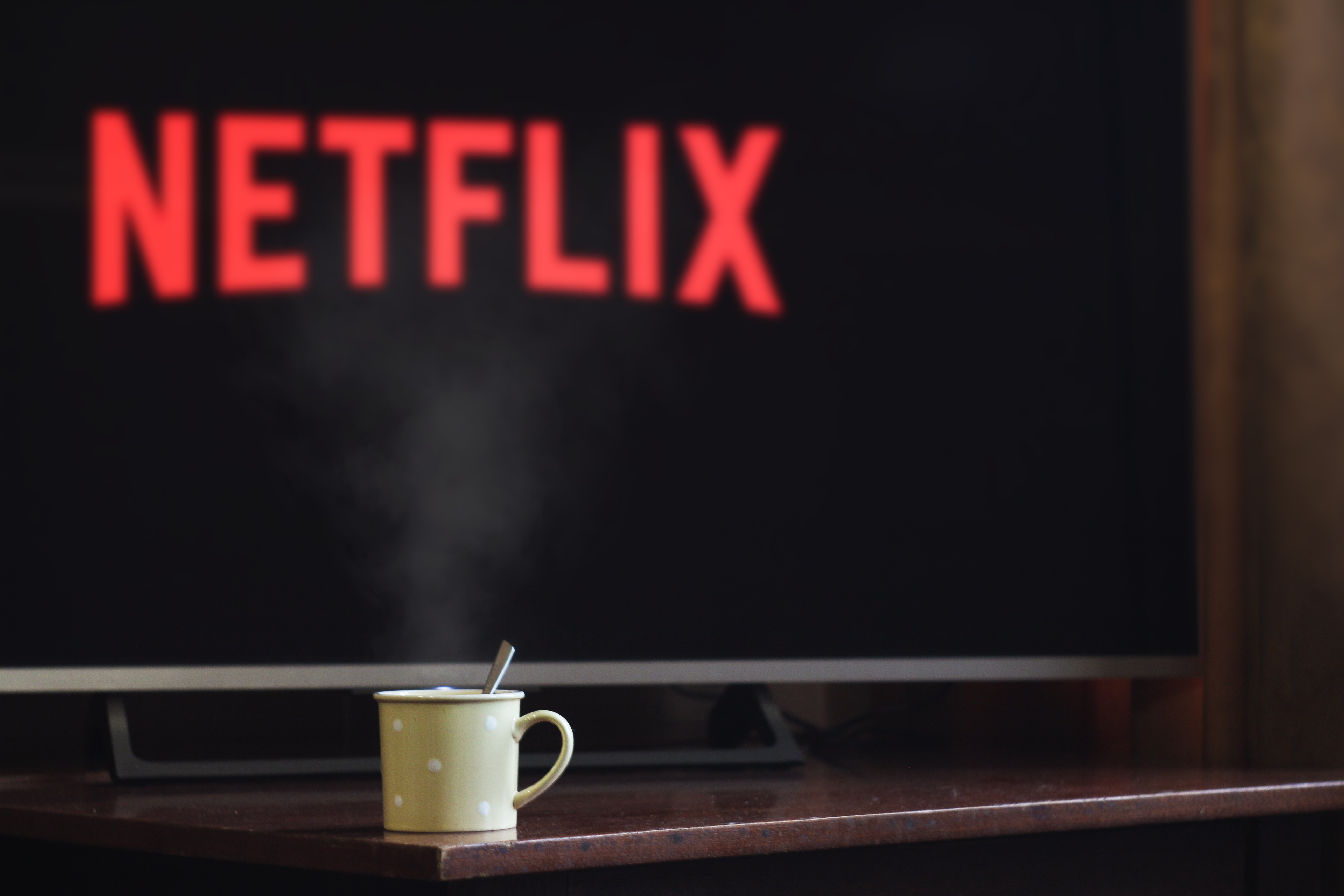
RACHEL GOLDMAN
On November 12th 2019, the streaming service Disney+ was launched with 500 movie titles and nearly 7,500 television episodes to choose from. In the 24 hours after its release Disney+ had already acquired 10 million subscribers. Less than two weeks earlier, Apple TV+ was launched and immediately welcomed by the Hollywood elite with their original program, The Morning Show being nominated for and receiving two awards in the 2019-2020 award season. In May 2020, HBO Max, a streaming platform for WarnerMedia Entertainment will premiere with beloved programming that ranges from classic movies like Casablanca to beloved contemporary programming like Rick and Morty and even notorious guilty pleasures like The Bachelor. In July 2020, the Peacock streaming service will be released as an exclusive platform to consolidate programming from the NBC channel and movies produced by the Lionsgate movie company.
In isolation from new streaming services this year, consumers are already swarmed in abundant programming from Netflix, Amazon Prime, Hulu, HBO Go, CBS All Access, CrunchyRoll, Twitch and IMDb TV. In the years since 2007, in which Netflix Inc. made the ambitious decision to launch a streaming video service, there are now more than twenty dominant streaming services in the United States alone. Beyond analysis of the scope of online streaming, it is evident that the format of streaming itself has catalyzed substantial change in how television is consumed and created. Without the pressure to conform to the interests of advertising businesses or to appeal to the largest common denominator of an audience, streaming services are liberated to endorse niche programming that pushes the entertainment industry culturally forward such as Orange is the New Black which features centers around the unique stories of minority characters and Sense8, a science fiction show that featured an intersection of profound topics in politics, sexuality, gender and religion. With this financial freedom, streaming services are not only more accessible by the availability of the content, but by the egalitarian nature of programming.
In response to the ubiquity of streaming, network television has become undeniably more daring. Network television shows such as Riverdale and a cultural zeitgeist, The Walking Dead have developed yearly traditions to entice the viewer into watching live such as a musical episode or killing off a beloved secondary character in the season finale. The CW channel turned into an extension of the DC comics franchise. For fans of the DC comic books, the television crossovers between characters like the Flash and the Green Arrow became must watch events. In essence, in the prioritization of spectacle, network television is conducted increasingly in association to the audience over the advertiser.
The evolution of quality in the television industry is proportional to the evolution of exclusivity. In a new era in which streaming is the ubiquitous form of entertainment consumption, content is increasingly spread out over multiple services. Subsequently, if a person only pays for the most popular services (Netflix, Hulu, Disney+, HBO Now, Amazon Prime) with the most basic features once a month, they will pay $45.95. Comparatively, a cable package for 200 channels starts at $45. This number is particularly jarring within the context that Netflix was originally conceptualized as a cheap and accessible alternative to cable. With increased competition, programing has become broader. Consequently, in efforts to obtain more subscribers than their newfound competitors, Netflix has canceled quirky and critically beloved shows that once thrived under their original format such as Bojack Horseman, Glow and Santa Clarita Diet, in favor of obtaining exclusive rights to and bolstering mainstream content from established figures in Hollywood such as The Irishman by Martin Scorcese, The Politician by Ryan Murphy and the broadly appealing Stranger Things. As consumers celebrate and anticipate the release of new streaming platforms, it is important to consider if the television industry has completely evolved or simply changed forms.






